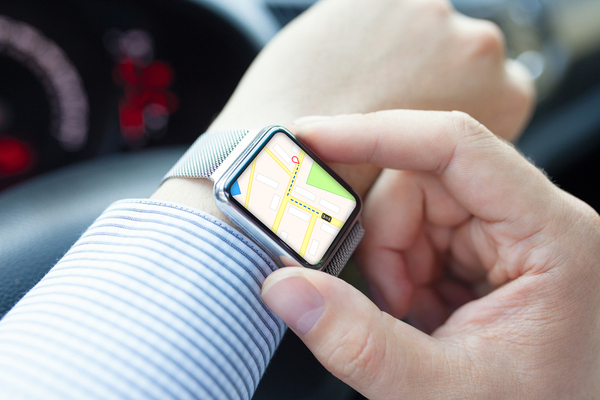A lot has changed since the first pocket watches of the 16th century, but the watch industry is still one built on slow gains and not one reliant on an ever-changing conveyor belt of new pieces. That’s not to say there haven’t been changes in recent years, especially now a new upstart has been chucked into the market, the smart watch, its influence on the industry yet to fully take shape.
“Vintage-style watches have been making a comeback for the last few years and I don’t imagine that will change any time soon,” says Matthias Breschan, CEO of Rado. “The difference in appeal seems to be how true the new versions are to the original, particularly in size.”
This could be leading into the trend Giles English, co-founder of Bremont, is seeing with smaller watches more accurately evoking the smaller cases of the 1950s and 1960s and tapping into an audience desire for vintage-style watches from the era. “I think the trend over the last few years going towards smaller watches, will stay at that size,” says English. “I don’t think they’ll get any smaller, but there is now far more demand for 40mm watches as opposed to 42- to 45-type watches.”
“In direct reaction to the growth of tech wearables there is also a huge surge in people becoming more and more interested in mechanical watches and the craftsmanship that goes into making them,” says Jono Holt, co-founder of Farer.
Although Kikuo Ibe, founding creator of G-Shock, believes that smart watches have become a huge part of the industry already, he doesn’t think they’ll take customers away from the more traditional watches. “There are officially three groups of watches now, smart watches, mechanical and quartz. Those groups will co-exist though and you can’t compare them. If you want a mechanical watch you won’t buy a smart watch instead.”
English partly agrees but does think smart watches could cause a dent in the lower end of the market. “We’re seeing big pressures on the fashion brands market at the lower price points, where the smart watches are really making some head way into that space. But we’re not clearly seeing it eating into luxury watch sales at the moment. We have a lot of customers who own our watches, but will also have a smart watch in rotation as opposed to either or.”
“The way a watch looks is usually the first reason someone buys it. The story behind a watch is often the reason they keep wearing it,” says Breschan. “How many conversations about watches have started when someone tells you, ‘I like your watch?’ More often than not, you start to tell a story about what it’s made from, how it was made, which person also wears it. As we continue to look for ways to make personal connections with people, these stories will continue to hold importance for us.”
—
Photo Credit: Denys Prykhodov / Shutterstock.com
